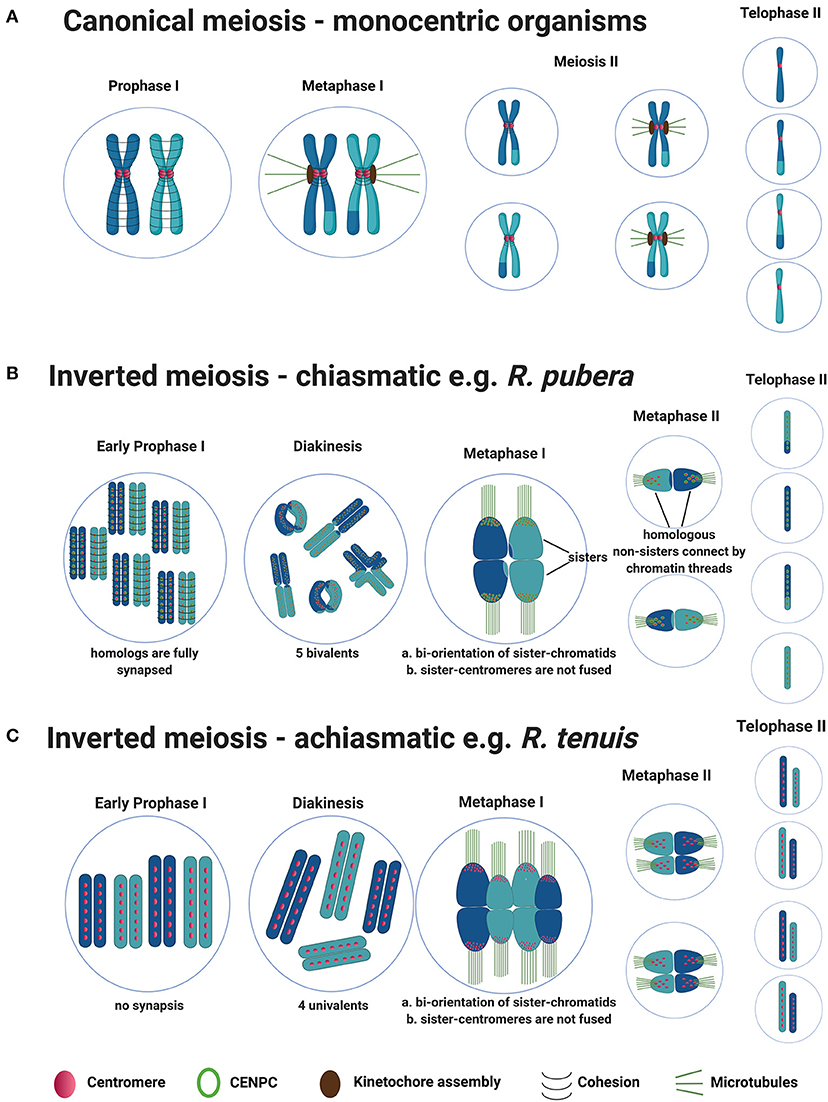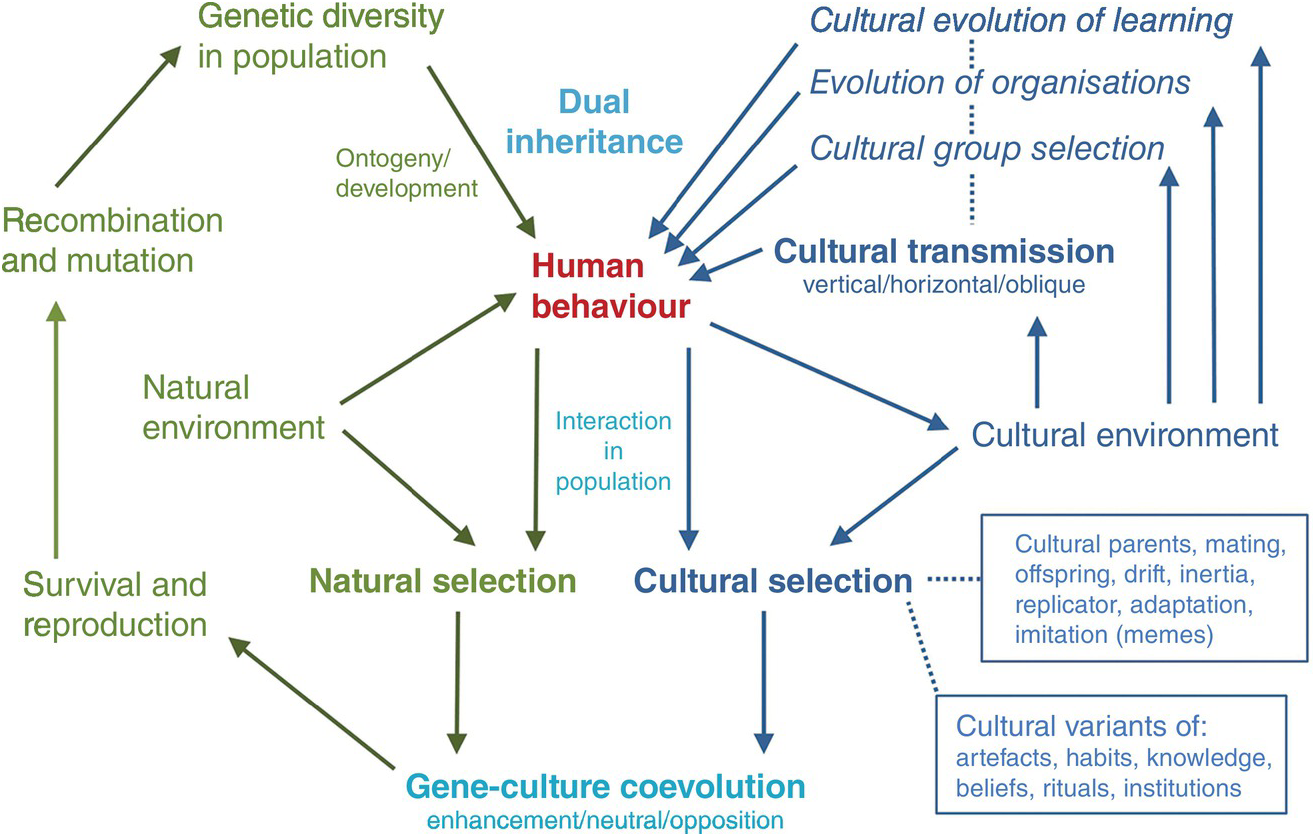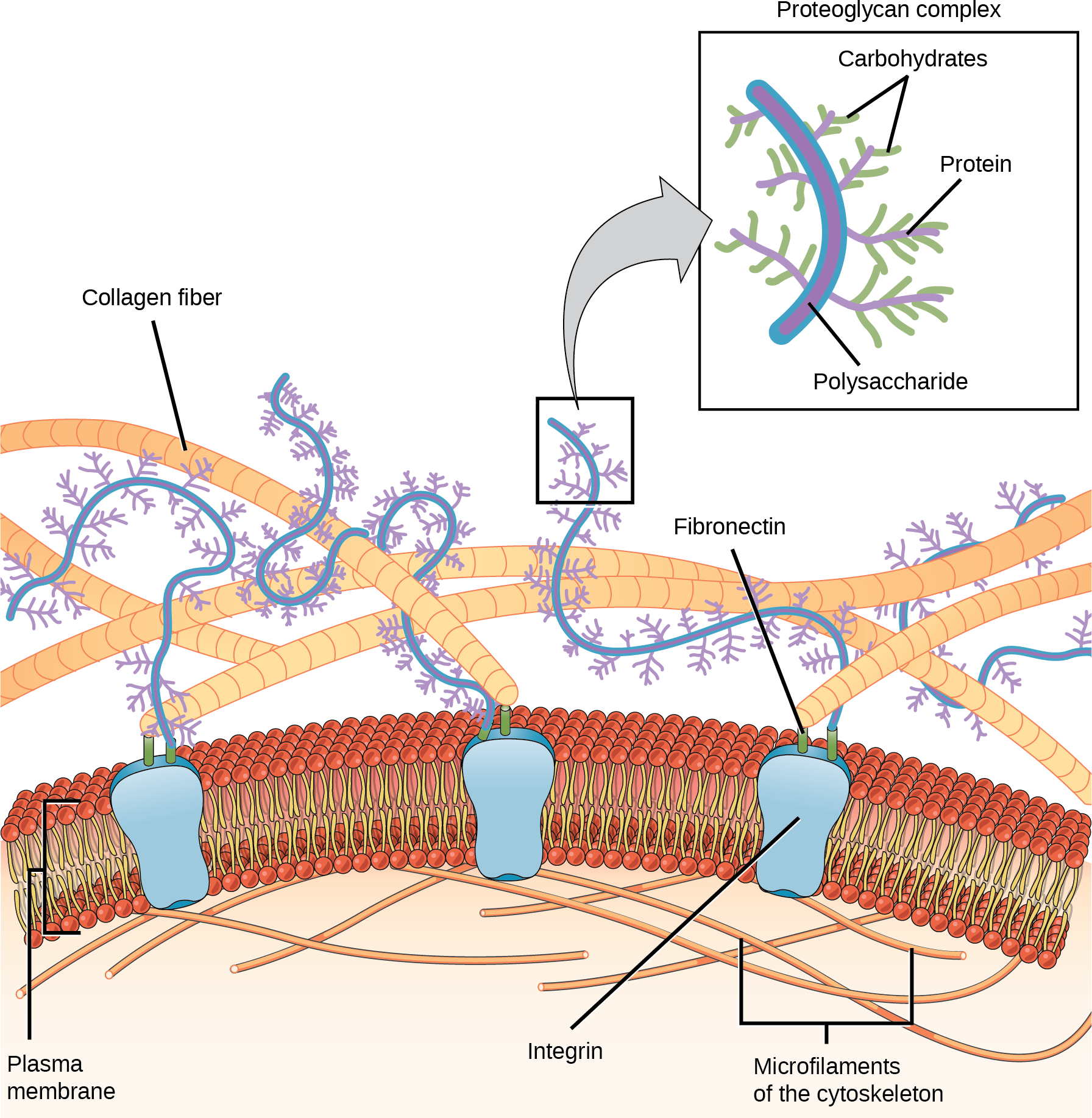Connecting The Concepts: Structural Adaptations In Land Plants
Structural adaptations in land plants what structural adaptations enable plants to live on land. Plumbing system to distribute nutrients and water.

Frontiers Meiosis Progression And Recombination In Holocentric Plants What Is Known Plant Science Source: www.frontiersin.org
Plants Mitosis Spore cycads Hornwort Megaspores Microspores.

Connecting the concepts: structural adaptations in land plants. Morphological adaptations can occur in plants. Pores for gas exchange 3. Early land plants did not grow more than a few inches off the ground competing for light on these low mats.
Finally both gametes and zygotes must be protected from drying out. Plants developed adaptations to survive on land 1. Part A Drag the terms to their correct locations in this concept map.
Structural Adaptations in Land Plants What structural adaptations enable plants to live on land. Structural Adaptations in Land Plants What structural adaptations enable plants to live on land. Correct answer to the question Connecting the concepts.
Many plants developed a vascular system. Development of seed with dormant embryo. Part A Drag the terms to their correct locations in this concept map.
Connecting the Concepts. Terms in this set 21 adaptations for life on dry land. On land plants need to develop structural support in aira medium that does not give the same lift.
Vascular tissue Xylem - a. By developing a shoot and growing taller individual. Support to give structure to plant body 4.
Some of the adaptations. Transcribed Image Textfrom this Question. Surface to prevent drying out.
As plants adapted to dry land and became independent from the constant presence of water in damp habitats new organs and structures made their appearance. Additionally the male gametes must reach the female gametes using new strategies because swimming is no longer possible. Plant requirements are said to live on land namelyHas thin leaves if in a humid place Has stomata for plants in moist areasHas cambium stems hard stems Examples.
Angiosperms or flowering plants are the most advanced and. Function create_function is deprecated in homeparsianbpublic_htmlwp-loadphp on line 2 Deprecated. Structural adaptations in land plants what structural adaptations enable plants to live on land.
Teak MahoganyCan grow up to several metersDropping leaves in the dry seasonFurther explanationStructural Adaptation is the process of adjusting the morphology outer structure and anatomy inner structure of an organisms. As plants adapted to dry land and became independent from the constant presence of water in damp habitats new organs and structures made their appearance. Structural Adaptations for Land in Seedless Plants Key Points.
To distribute water from the roots via the xylem and sugars from. Structural Adaptations in Land Plants What structural adaptations enable plants to live on land. As plants adapted to dry land and became independent from the constant presence of.
Mechanism to obtain water waxy cuticle woody tissue for support stomata vascular tissue. Structural Adaptation is the process of adjusting the morphology outer structure and anatomy inner structure of an organisms body to its environment. The alternation of generations a sporangium in which spores are formed a gametangium that produces haploid cells and in vascular plants apical meristem tissue in roots and shoots.
Part A Drag the terms to their correct locations in this concept map. Week 4 Concepts Adaptations of land plants for a terrestrial existence Reviewed lignin and xylem and phloem uptake of water by roots and transport of water by vascular system Sex Meiosis and mitosis you should be familiar with these concepts Diploid cells Haploid cells Fertilization Fusion of. Function create_function is deprecated in home.
Cuticle -it is a waxy layer on the surface of the leaves and stems of land plants that help them to minimize the rate. Four major adaptations are found in many terrestrial plants. Stomata - small openings on the underside of leaves with the ability to open and close in order to let O2 and CO2 in.
Molecular and structural data see the Tree of Life website for a reasonably up-to-date summary of relationships among living organisms suggests that the ancestors of todays land plants Embryophyta were most closely related to modern day green algae in a group called the Charales named for Chara a genus of common algae - click here here or here and go to the bottom of the. Early land plants did not grow more than a few inches off the ground competing for light on these low mats. Structural adaptations to land-enables plants to--distribute resources by means of vascular tissue---not found in mosses---occurs in ----ferns----pine trees---consists of----phloem-----distributes sugars----xylem-----distributes water and minerals--support the body by means of call walls---that contain lignin---.
Mar 25 2021 0340 PM. Plant ___ consisting of cells joined into tubes that transport water and nutrients throughout the plant body. By developing a shoot and growing taller individual plants captured more light.
Accomplish fertilization without an aqueous environment.

The Plant Kingdom Concepts Of Biology Source: opentextbc.ca

Ecosystems Interactions And Interdependence Within The Environment Siyavula Source: intl.siyavula.com

Plant Soil Interactions Nutrient Uptake Learn Science At Scitable Source: www.nature.com

Understanding And Assessing Vegetation Health By In Situ Species And Remote Sensing Approaches Lausch 2018 Methods In Ecology And Evolution Wiley Online Library Source: besjournals.onlinelibrary.wiley.com

Connections Between Cells And Cellular Activities Biology 2e Source: opentextbc.ca

Mastering Biology Chapter 17 18 19 20 Flashcards Quizlet Source: quizlet.com
